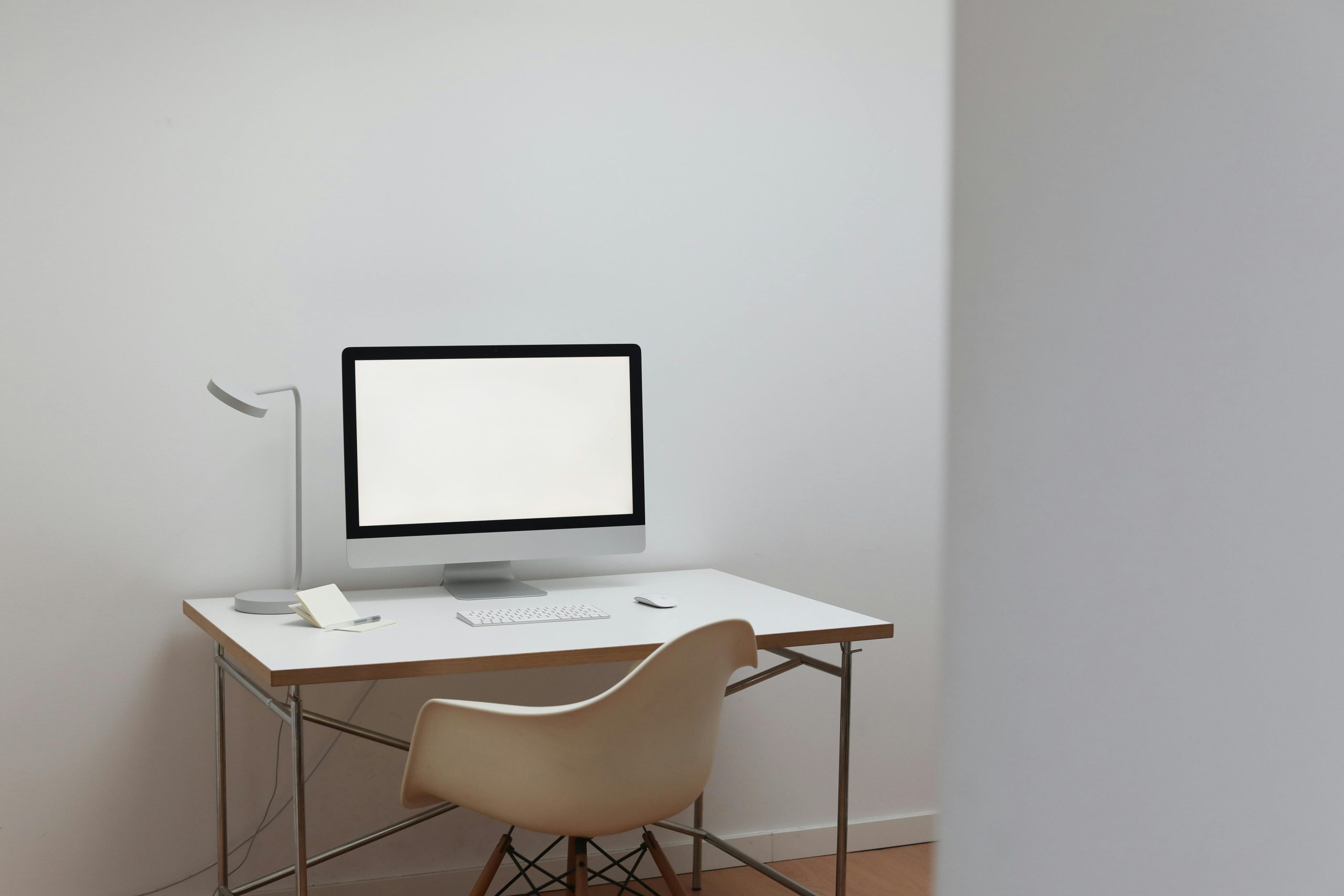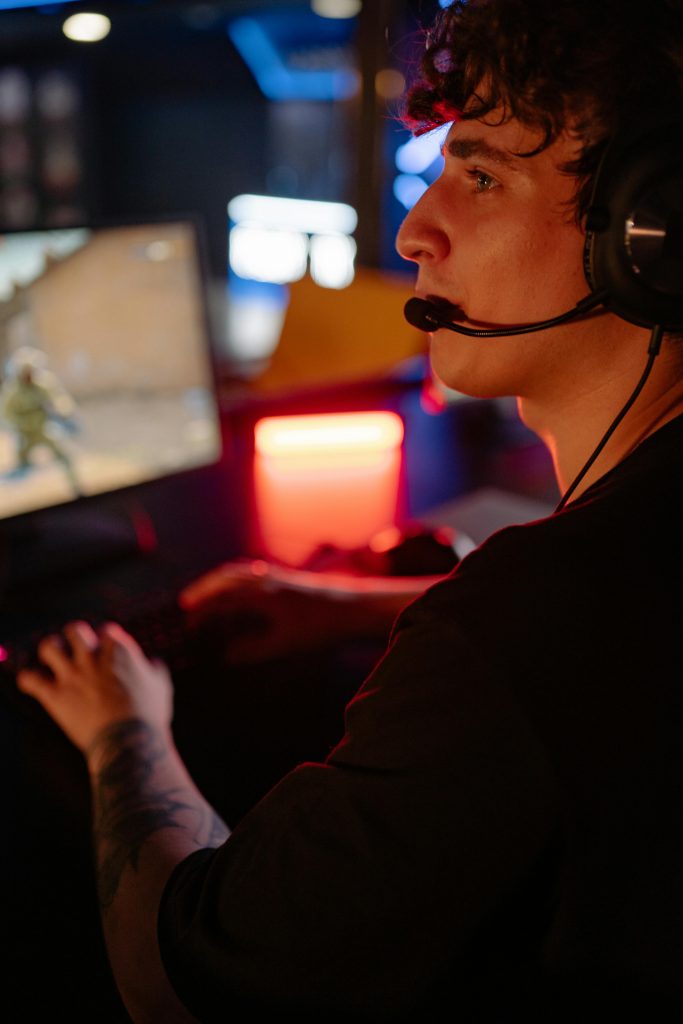Troubleshooting Guide: Resolving Recognition Issues When Connecting a New Monitor to Your Windows 11 System
Introduction
Upgrading your display can enhance your computing experience, but sometimes technical hiccups arise that prevent your new monitor from being recognized correctly. If you’ve recently connected a new monitor to your Windows 11 PC and find that it’s not being detected—sometimes entering power-saving mode—it can be frustrating. This article provides a comprehensive overview of common causes and practical solutions to ensure your new display functions seamlessly.
Understanding Your Setup
Hardware Components:
- Graphics Card: Nvidia T600, equipped with a Mini DisplayPort output.
- Old Monitor: LG Flatron, resolution 1280×1024, 4:3 aspect ratio.
- New Monitor: Entry-level LG, using HDMI connection.
- Adapters Used:
- Mini DisplayPort to HDMI
- Additional adapters for VGA and DisplayPort as needed.
Key Points:
- The new monitor utilizes HDMI, differing from your previous VGA setup.
- You have limited adapter options and cannot run both monitors simultaneously.
- The issue persists regardless of which monitor is connected.
Common Causes and Troubleshooting Steps
-
Check Hardware Connections
-
Ensure all cables are securely connected.
- Verify that the HDMI cable is functioning by testing it with another device or cable.
-
Confirm that the adapters are compatible and functioning correctly.
-
Inspect Display Settings in Windows 11
-
Right-click on the desktop and select Display settings.
- Click on Detect under the multiple displays section to prompt Windows to identify connected screens.
-
Ensure that the correct display output is selected and enabled.
-
Update Graphics Drivers
-
Visit Nvidia’s official website to download the latest drivers for the T600.
- Install any available updates and restart your computer.
-
Outdated or corrupt drivers can prevent proper recognition of new hardware.
-
Test Different Connection Methods
-
Try connecting the monitor using different adapters if available.
-
If using a mini DisplayPort to HDMI adapter, ensure it supports the desired resolution and is compatible.
-
Adjust Power Settings
-
Navigate to Power & sleep settings in Windows.
-
Disable any power-saving modes that might be causing the monitor to enter sleep mode prematurely.
-
Check Monitor Input Settings
-
Use the monitor’s on-screen menu to select the correct input source (e.g., HDMI).
Share this content:



